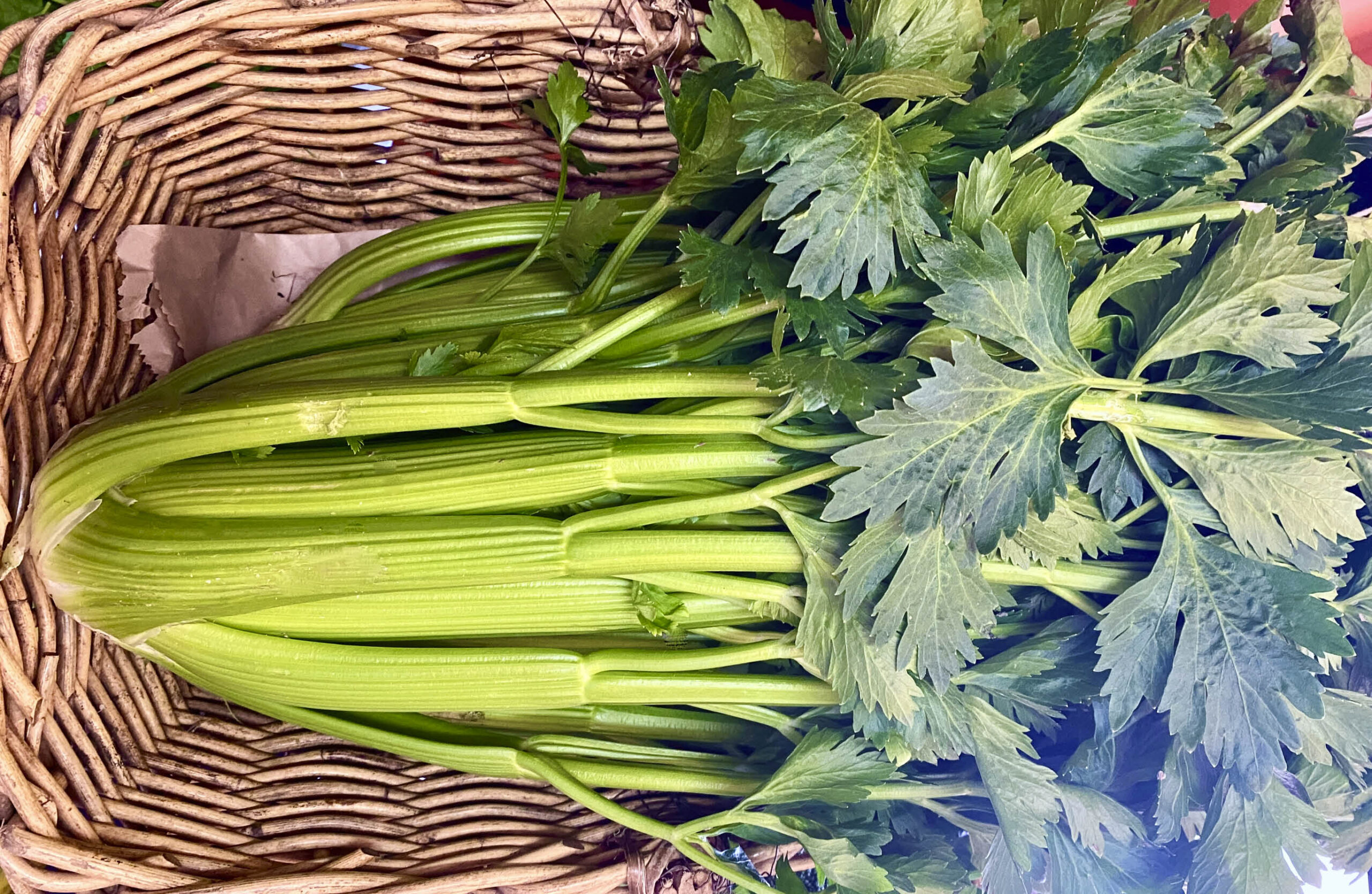How to grow tasty celery
2023-05-22T02:13:32+10:00
The taste of your celery depends on many factors, including whether or not you blanch the stem of the plant during the growing process.
In the subtropics and tropics, you are best to grow celery in winter, planting April to August. In warm temperate and cold temperate climates, you can get two crops in, planting in late summer and late winter (refer to chart for specific times but remember local conditions vary). If you are planning to grow from seed, allow at least six weeks to get seeds to plantable stage. See ‘Planting Times’ chart on next page for reference.
Mature plants will ‘bolt’ to seed in heat, so replace your plants twice a year, or let them self-seed after flowering.
Soil and blanching
Celery enjoys rich, well-drained soil with a pH of 6 to 7. Prepare soil by spreading 25mm well-rotted manure and 25mm compost over the soil, forking gently without disturbing the soil too much.
Celery can be strong-flavoured if grown without regular, generous watering, and also if not blanched. Using celery mainly as a flavour base for meals, I don’t mind it green and stronger flavoured, although using unblanched, homegrown celery in juicing may be too overpowering for some tastes.
To blanch celery, use washed milk or juice cartons or plastic pots, with the bottoms and tops opened up, to cover the stem of the plants (once big enough) but leaving the leaves exposed. Leave cartons on for 3 weeks to achieve a good result. Alternatively, you can choose self-blanched celery varieties, which grow very tightly bunched and the inner stems are whiter.
You’ll find more tips for growing celery in our Early Autumn 2022 issue (OG 131). There’s a selection of back issues available here — you can also subscribe and get the most recent issues delivered to your door!







